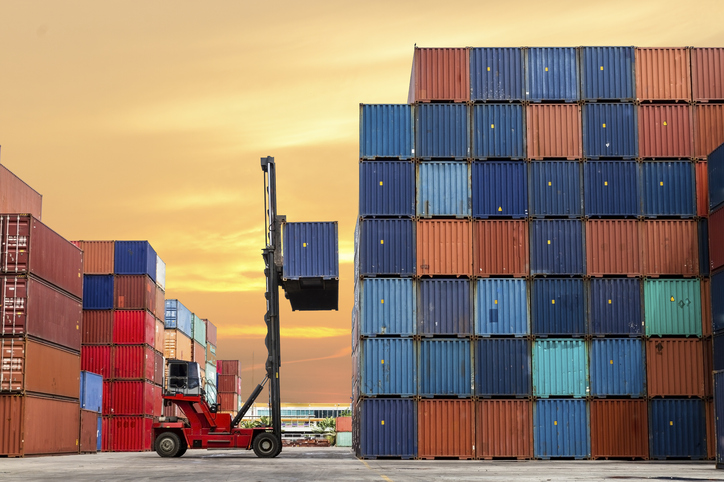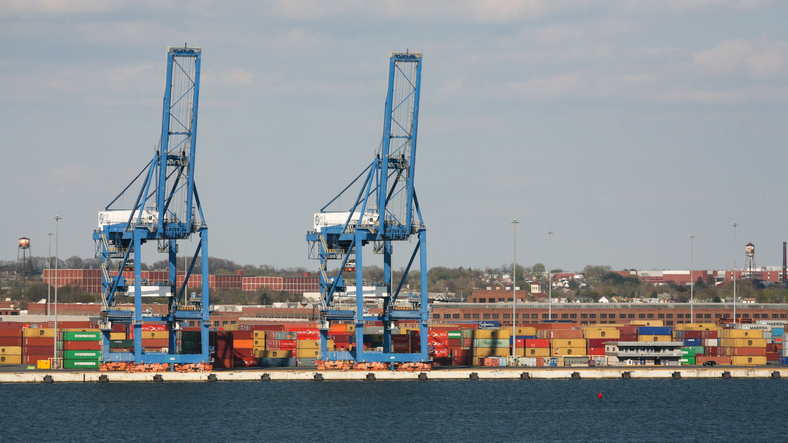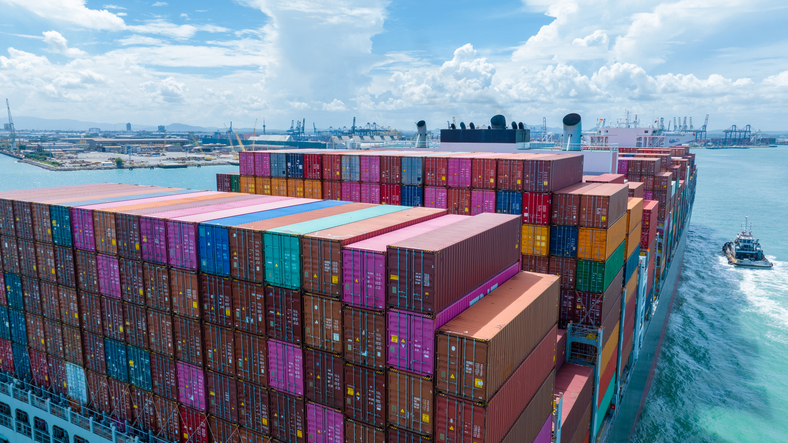
The Weekly Roar
In this week’s Roar: Tariffs are in effect, targeting China’s ship-building industry, stability in the global air freight market, manufacturing shifting from China, and ocean carriers shifting strategies.
After weeks of talk, new tariffs on steel and aluminum imports went into effect on March 12 at 25% on steel and 10% on aluminum. In return, Canada announced C$29.8 billion in counter-tariffs on American goods, and the EU is planning retaliatory measures up to €26 billion on U.S. exports. The escalating conflict has raised concerns among businesses and investors about potential economic instability, with fears of disruptions in supply chains and a broader impact on global markets.
 President Trump has reignited talk of a new trade initiative targeting China’s shipping industry that’s not simply a tariff. A proposed executive order would impose fees on Chinese-built ships and port cranes entering the U.S. while promoting domestic shipbuilding. The aim is to reduce China’s dominance in global shipping. But international shipping firms are warning of increased trade costs, while China argues that such measures could drive up global shipping prices and inflation.
President Trump has reignited talk of a new trade initiative targeting China’s shipping industry that’s not simply a tariff. A proposed executive order would impose fees on Chinese-built ships and port cranes entering the U.S. while promoting domestic shipbuilding. The aim is to reduce China’s dominance in global shipping. But international shipping firms are warning of increased trade costs, while China argues that such measures could drive up global shipping prices and inflation.
While global air freight markets appear stable overall, with the Baltic Air Freight Index unchanged but up 6.2% year-on-year, there are differences with a closer look. At the regional level, Hong Kong’s rates rose 2.5% weekly, while Shanghai declined 2.1%. Frankfurt saw a 1.0% drop, and London Heathrow fell 7.9% weekly but remained up 5.4% annually. Chicago’s rates increased 1.1% weekly and 8.4% year-on-year. These trends are likely an indicator of ongoing economic uncertainty and differing market conditions locally.
In recent years, factors such as trade tensions, rising labor costs, and supply chain disruptions have seen global manufacturing shifting away from China. Companies are exploring alternatives like nearshoring to Mexico, reshoring to the U.S., or relocating to other Asian countries. But it’s not a simple process—it’s costly and involves consideration of infrastructure, labor availability, and geopolitical risks. Challenges aside, it’s a trend that reflects a move towards more resilient and diversified supply chains.
The post-pandemic era has seen ocean carriers shifting their strategies, now prioritizing profitability through yield management, cost control, and stricter space allocation enforcement. They’re closely monitoring non-vessel operating common carriers (NVOs) and employing “blank” sailings, skipping scheduled calls when unprofitable. But challenges persist, specifically issues like downward pressure on freight rates due to supply exceeding demand and potential economic downturns. Add in the reshuffling of carrier alliances, and we’re likely to see prolonged competition for market share.
For the rest of the week’s top shipping news, check out the article highlights below.









